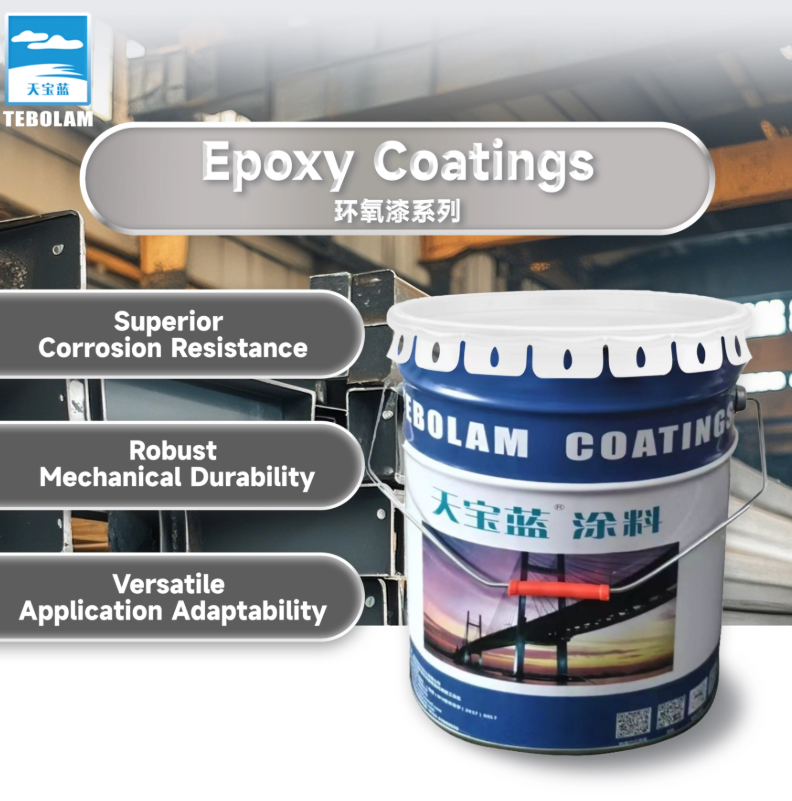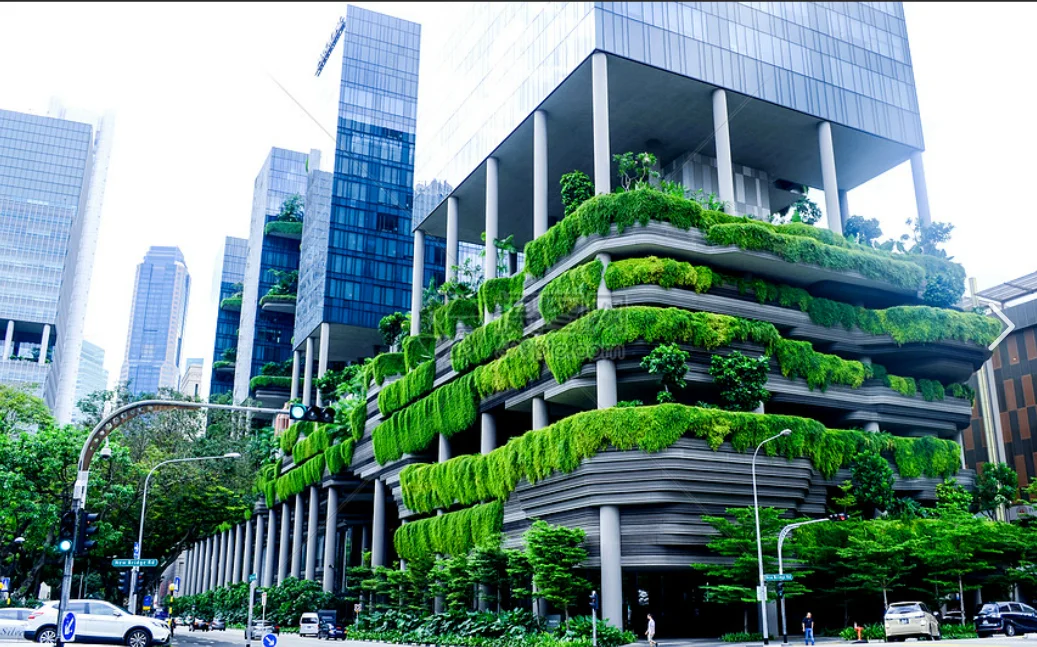When it comes to constructing a shed, the choice of wall material is pivotal not only for aesthetics but also for durability, insulation, and overall functionality. With a plethora of options available, understanding the pros and cons of each material can significantly influence the longevity and usability of your shed. In this article, we will delve into various materials suitable for shed walls, examining their characteristics, benefits, and ideal applications.
- Wood: The Classic Choice
1.1 Types of Wood
Wood is a traditional and popular choice for shed walls, offering a natural aesthetic that blends well with outdoor environments. Common types of wood used include:
- Pine: Affordable and readily available, pine is easy to work with but requires treatment to resist rot and insects.
- Cedar: Naturally resistant to decay and insects, cedar offers excellent durability and a beautiful finish, making it a premium choice.
- Plywood: Often used for its structural integrity, plywood can be treated or painted to enhance its weather resistance.
1.2 Advantages and Disadvantages
The primary advantage of wood is its versatility and ease of customization. However, wood requires regular maintenance, including sealing and painting, to prevent deterioration from moisture and pests.
- Metal: The Modern Alternative
2.1 Types of Metal
Metal sheds have gained popularity due to their durability and low maintenance requirements. Common materials include:
- Steel: Known for its strength and resistance to weather, steel is often galvanized to prevent rust.
- Aluminum: Lightweight and resistant to corrosion, aluminum is ideal for smaller sheds but may not offer the same structural integrity as steel.
2.2 Advantages and Disadvantages
Metal walls are fire-resistant and can withstand harsh weather conditions. However, they can be prone to denting and may require insulation to mitigate heat transfer, especially in extreme climates.
- Vinyl: The Low-Maintenance Solution
3.1 Characteristics of Vinyl
Vinyl siding is an increasingly popular choice for shed walls due to its low maintenance and durability. It is available in various colors and styles, allowing for aesthetic flexibility.
3.2 Advantages and Disadvantages
Vinyl is resistant to rot, insects, and fading, making it an excellent long-term investment. However, it may not provide the same level of insulation as wood or metal, and extreme temperatures can cause it to warp or crack.
- Concrete: The Heavy-Duty Option
4.1 Concrete Walls
For those seeking maximum durability, concrete walls offer unparalleled strength and resistance to the elements. Concrete blocks or poured concrete can be used to create robust shed walls.
4.2 Advantages and Disadvantages
Concrete is fireproof, pest-resistant, and requires minimal maintenance. However, it can be more expensive and labor-intensive to install, and it may not provide the best insulation unless combined with other materials.
- Composite Materials: The Best of Both Worlds
5.1 What Are Composite Materials?
Composite materials, such as engineered wood or fiber-cement boards, combine the benefits of various materials to create a versatile and durable option for shed walls.
5.2 Advantages and Disadvantages
These materials often mimic the appearance of wood while offering enhanced durability and resistance to moisture and pests. However, they can be more expensive than traditional wood and may require specific installation techniques.
Conclusion: Making the Right Choice
Selecting the appropriate material for your shed walls depends on various factors, including climate, intended use, and personal preference. Each material has its unique advantages and disadvantages, and understanding these can help you make an informed decision.
- For a rustic look and natural insulation, wood remains a timeless choice.
- For durability and low maintenance, metal or vinyl may be more suitable.
- For maximum strength, consider concrete.
- For versatility and innovation, explore composite materials.


